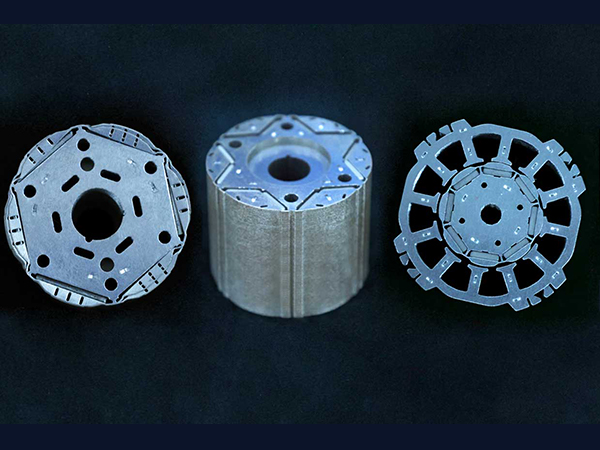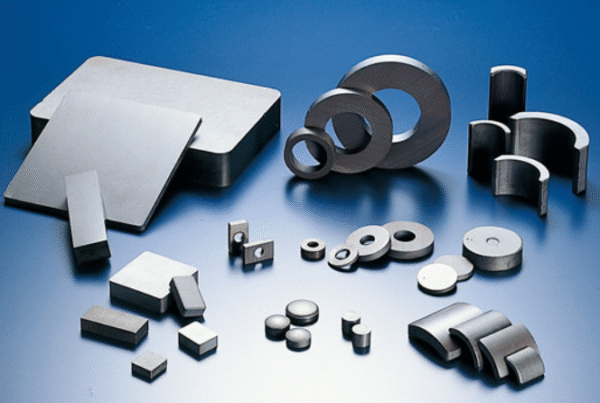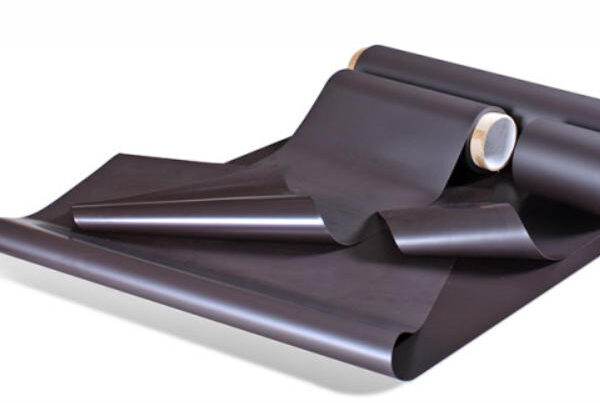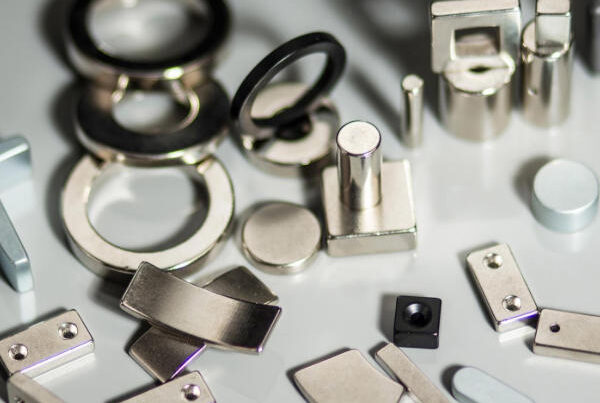In electric motors, geradores, and magnetic coupling systems, rotor magnetic components are the core parts responsible for energy conversion between magnetic and mechanical forms. Their efficiency directly determines torque output, stability, and overall performance. To produce high-quality magnetic systems, engineers must understand the key factors that influence magnetic performance, including material selection, magnetic circuit design, air gap precision, mechanical balance, and thermal management.
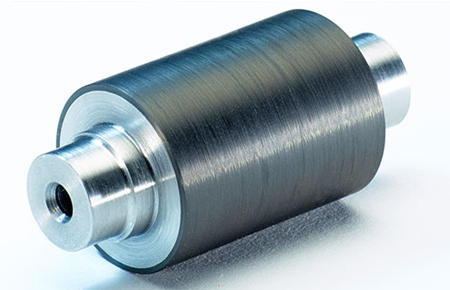
1. Magnetic Material Determines the Core Performance
The choice of magnetic material is fundamental to the performance of rotor magnetic components. Common materials such as neodymium-iron-boron (Ndfeb), samarium-cobalt (SMCO), and ferrite differ in magnetic strength, coercivity, and temperature resistance.
High-performance NdFeB provides strong magnetic flux density but has limited thermal stability, while SmCo maintains magnetic strength even at high temperatures.
Selecting the right magnetic material ensures sufficient magnetic energy, resistance to demagnetization, and stable performance across various working environments.
2. Magnetic Circuit Design Influences Magnetic Efficiency
An optimized magnetic circuit design is critical for maximizing magnetic energy utilization and ensuring field uniformity.
Factors such as pole shape, pole arc ratio, and magnetic bridge structure directly affect flux distribution and magnetic losses.
A poor design can cause leakage flux or uneven magnetic fields, reducing efficiency.
Using finite element analysis (FEA), engineers can optimize the rotor magnetic components for balanced magnetic flux and lower torque ripple, resulting in smoother and more efficient operation.
3. Air Gap Precision Determines Magnetic Stability
The air gap between the rotor and stator is one of the most sensitive parameters affecting magnetic performance.
If the air gap is too large, magnetic flux density drops, lowering torque output; if it is too small, mechanical interference may occur during rotation.
Consistent and precise air gap control ensures uniform magnetic fields and stable operation.
High-precision machining and automated assembly are therefore essential to achieving optimal air gap precision in rotor magnetic components.
4. Mechanical Structure and Dynamic Balance Ensure Reliability
The mechanical design of rotor magnetic components must withstand high rotational speeds and centrifugal forces.
Unbalanced rotors can cause vibration, noise, and even damage to the magnetic circuit alignment.
Dynamic balancing, reinforced shaft structures, and proper bonding of magnets prevent deformation or detachment during high-speed operation.
Além disso, accounting for thermal expansion and mechanical stress in design enhances durability and long-term magnetic performance.
5. Manufacturing Accuracy and Assembly Precision Affect Performance
Even with a perfect design, manufacturing precision plays a decisive role in the final performance of rotor magnetic components.
Dimensional errors, misalignment of magnetic poles, or uneven bonding layers can cause magnetic field distortion and torque ripple.
Advanced CNC machining, automated magnet placement, and precision adhesive application help ensure consistent quality.
High assembly accuracy directly translates into improved stability and efficiency of the magnetic circuit design.
6. Thermal Management and Temperature Stability
Temperature has a significant impact on magnetic performance. Excessive heat can lead to magnet demagnetization, adhesive degradation, or structural deformation.
Efficient thermal management—through air cooling, liquid cooling, or heat-conductive materials—maintains temperature within a safe range.
Uniform temperature distribution minimizes internal stress and prevents performance loss.
A well-cooled rotor magnetic component delivers consistent output and longer operational life.
Conclusão: Integrated Optimization for High-Performance Rotors
Resumindo, the performance of rotor magnetic components is determined by multiple interconnected factors—magnetic materials, magnetic circuit design, air gap precision, mechanical stability, manufacturing accuracy, and temperature control.
Only through comprehensive optimization of these parameters can engineers achieve high efficiency, low energy loss, and superior magnetic stability.
With the advancement of magnetic materials and digital simulation technologies, the next generation of rotor magnetic components will deliver even higher torque density, greater reliability, and improved efficiency for applications in electric vehicles, robotics, and renewable energy systems.


